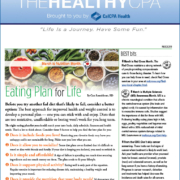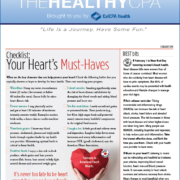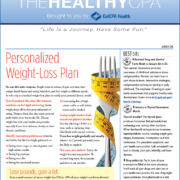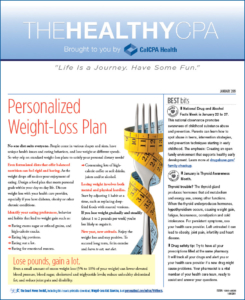
Sometimes, taking risks in life is smart – but not when it comes to your health. Besides skin cancer, breast cancer is the most common cancer affecting women in the United States. It can also be very treatable when caught early. In fact, because of higher rates of screening, more people survive breast cancer today than ever before.
Screenings can check for disease – often before someone even has symptoms. A mammogram, or X-ray picture of the breast, is still the best way to find breast cancer early, when it’s easier to treat. If you are age 40 or older (or think you are at high risk for breast cancer), ask your doctor when and how you should get tested. Some major risk factors include age, hormone replacement therapy use, carrying the BRCA1 or BRCA2 genes, family history and being overweight – especially after menopause. Don’t wait; a mammogram is an important weapon in your battle against breast cancer.
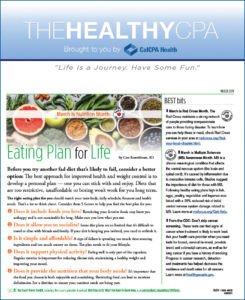 The eMagazine dedicated to improving members’ well-being
The eMagazine dedicated to improving members’ well-being
